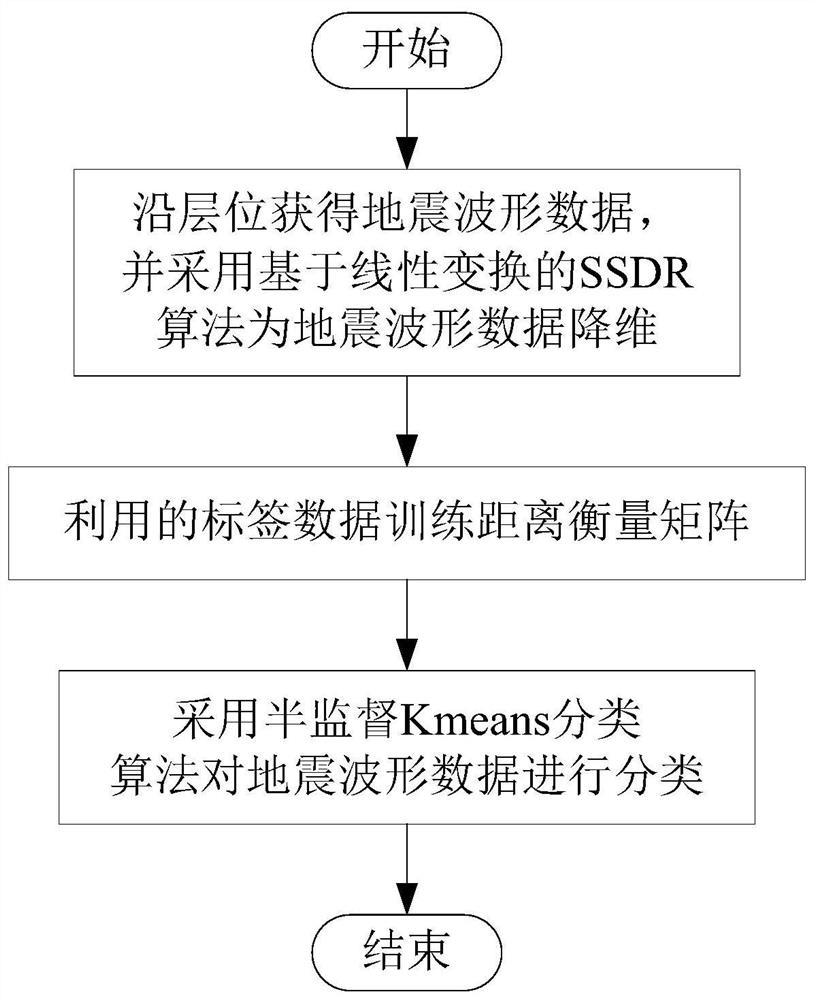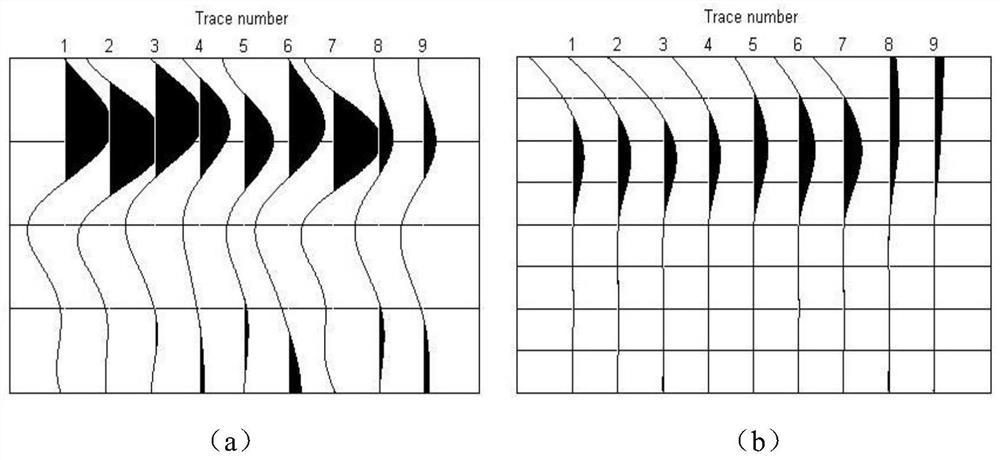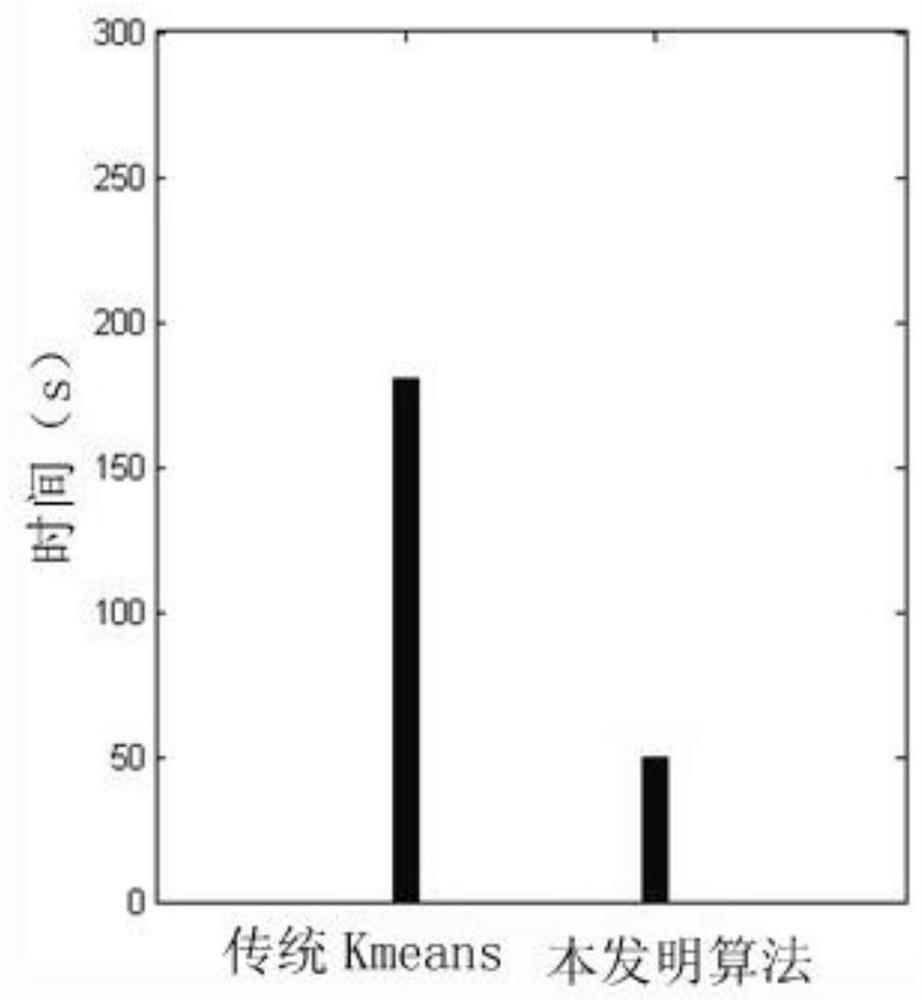A Fast Seismic Waveform Classification Method Based on Semi-Supervised Algorithm
A technology of seismic waveform and classification method, which is applied in seismology, seismic signal processing, geophysical measurement, etc., can solve problems such as inability to combine logging results, inaccurate classification results, and failure to consider prior knowledge, etc., to achieve faster Effects on classification rate, enhanced diversity, and improved accuracy
- Summary
- Abstract
- Description
- Claims
- Application Information
AI Technical Summary
Problems solved by technology
Method used
Image
Examples
Embodiment Construction
[0050] The invention proposes a fast seismic waveform classification method based on a semi-supervised algorithm. To make full use of logging, drilling, and geological prior information as classification constraints, we first use the SSDR (Semi-supervised dimensionality reduction) algorithm based on linear transformation to reduce the dimension of the sample, so that the dimensionality reduction data can maintain the original data. structure, which satisfies the logging constraint information, enhances the similarity of samples in the same category, and highlights the difference characteristics of samples of different categories. Then use the log information to train a distance measure, so that the similarity of the same class is large, and the similarity of different classes is small. Finally, the Sei-Kmeans algorithm based on the distance measurement matrix is used to classify the data after dimension reduction, so as to improve the accuracy of classification results and e...
PUM
 Login to View More
Login to View More Abstract
Description
Claims
Application Information
 Login to View More
Login to View More - R&D
- Intellectual Property
- Life Sciences
- Materials
- Tech Scout
- Unparalleled Data Quality
- Higher Quality Content
- 60% Fewer Hallucinations
Browse by: Latest US Patents, China's latest patents, Technical Efficacy Thesaurus, Application Domain, Technology Topic, Popular Technical Reports.
© 2025 PatSnap. All rights reserved.Legal|Privacy policy|Modern Slavery Act Transparency Statement|Sitemap|About US| Contact US: help@patsnap.com



